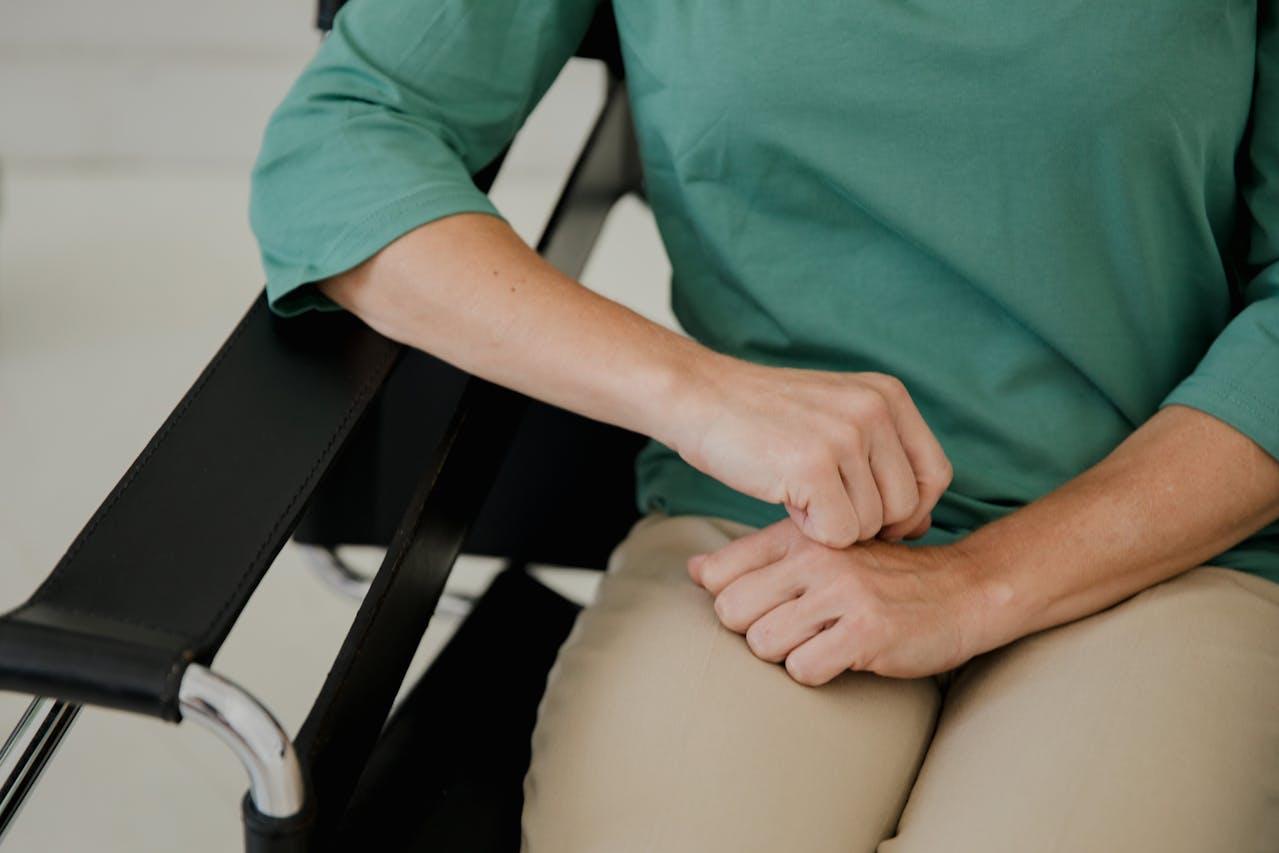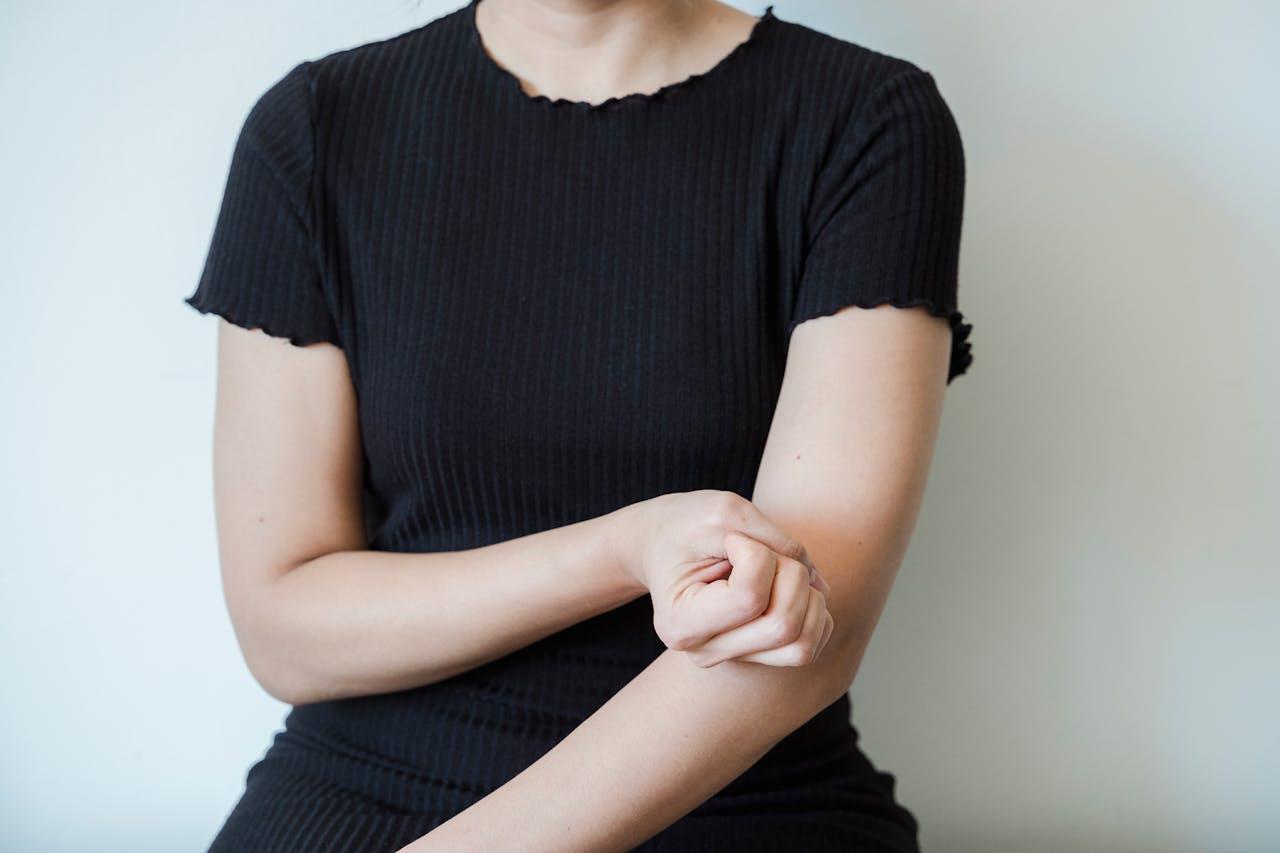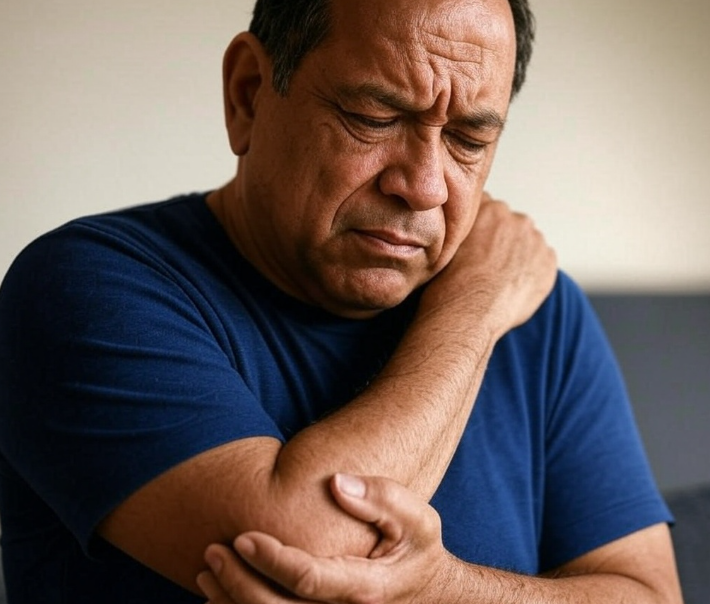Elbow pain can significantly impact daily activities, whether you’re struggling with tennis elbow, tendonitis, or other chronic conditions. The discomfort can make simple movements like lifting, typing, or even shaking hands painful. Fortunately, one non-surgical option that has shown great promise in alleviating elbow pain is PRP therapy. The Guide to PRP Therapy for Elbow Pain explains how this treatment harnesses the body’s own natural healing processes to promote recovery and reduce inflammation, offering a path to long-term relief.
At RGV Direct Care, we offer comprehensive, personalized treatment options for patients suffering from elbow pain. Our approach blends modern diagnostics with natural and functional treatments to provide holistic care. If you’re struggling with elbow pain and considering PRP therapy, read on to discover how it works, its benefits, and whether you’re potentially a good candidate for the therapy.
Common Causes of Elbow Pain
Elbow pain can arise from a variety of conditions, with the most common being overuse injuries, especially in athletes or individuals who perform repetitive movements. Below are some of the most common causes of elbow pain:
Tennis Elbow (Lateral Epicondylitis)
Tennis elbow is one of the most frequent causes of elbow pain. It occurs when the tendons on the outer part of the elbow become inflamed due to repetitive motions, often from activities such as playing tennis or using a computer mouse. This condition causes pain and tenderness on the outside of the elbow.
Golfer’s Elbow (Medial Epicondylitis)
Similar to tennis elbow, golfer’s elbow affects the inner side of the elbow and results from repetitive stress or overuse. This condition often develops in individuals who perform repetitive activities like lifting or throwing.
Tendinitis and Tendon Tears
Tendons in the elbow can become inflamed from overuse or sudden injuries, leading to tendinitis. In more severe cases, tendons can tear, causing significant pain and limited mobility.
Bursitis
Bursitis occurs when the bursa, a small fluid-filled sac that helps cushion the elbow joint, becomes inflamed due to injury or prolonged pressure.
The good news is that PRP therapy targets the root causes of these conditions by promoting tissue repair and reducing inflammation in the affected area.
What is PRP Therapy?

PRP therapy, or Platelet-Rich Plasma therapy, is a medical treatment that utilizes a concentrated form of the patient’s own blood. This blood is rich in platelets, which are small cells in the blood that help the body heal by promoting tissue regeneration. PRP is used in various treatments to accelerate the healing process of damaged tissues, including muscles, tendons, ligaments, and joints.
During PRP therapy, a small amount of your blood is drawn and processed to isolate the platelets. The concentrated plasma, which contains growth factors and healing properties, is then injected into the affected area, in this case, the elbow. The growth factors within the plasma stimulate tissue repair, reduce inflammation, and promote long-term healing.
PRP therapy is used to treat various musculoskeletal injuries, including joint pain, tendonitis, and ligament injuries. For elbow pain, it has become a popular option for patients seeking a non-invasive, non-surgical alternative to manage chronic pain and inflammation.
How PRP Therapy Works for Elbow Pain
PRP therapy works by stimulating the body’s natural healing mechanisms to repair damaged tissues in the elbow. When injected into the area of pain, the platelets in the PRP solution release growth factors that help regenerate damaged tendons and ligaments. These growth factors also promote new blood vessel formation, which enhances the supply of oxygen and nutrients to the healing tissue.
The healing process initiated by PRP therapy helps to reduce inflammation, alleviate pain, and improve mobility in the elbow. This non-surgical treatment option offers several advantages, including faster recovery times, reduced risk of complications, and the ability to avoid invasive procedures.
PRP therapy can be particularly beneficial for patients with chronic elbow pain who have not responded well to traditional treatments such as physical therapy, anti-inflammatory medications, or corticosteroid injections.
Benefits of PRP Therapy for Elbow Pain

PRP therapy offers several benefits for individuals suffering from chronic elbow pain. Here’s why it may be the ideal treatment option:
Non-Surgical Approach
One of the main advantages of PRP therapy is that it is a non-surgical alternative to treating elbow pain. Surgery often involves a long recovery time, potential complications, and risks associated with anesthesia. PRP therapy, on the other hand, is minimally invasive, requiring only a simple injection of the patient’s own blood into the elbow joint.
Natural Healing
Because PRP therapy uses the patient’s own blood, the risk of rejection or allergic reactions is virtually eliminated. The growth factors and platelets in the plasma naturally promote healing, providing a more holistic and body-friendly approach to elbow pain.
Reduced Inflammation
PRP therapy helps to reduce inflammation in the elbow joint by promoting the production of anti-inflammatory molecules. This can provide significant pain relief for individuals suffering from conditions like tennis elbow or tendinitis.
Faster Recovery
Unlike traditional treatments that can take weeks or months to show results, PRP therapy often produces faster healing times. Most patients begin to feel relief within a few weeks, and the full benefits may take several months to fully manifest.
Fewer Risks and Side Effects
PRP therapy carries minimal risk compared to other treatments like corticosteroid injections or surgery. There is a reduced risk of complications such as infection or tissue damage because the procedure uses the patient’s own blood.
Are You a Candidate for PRP Therapy?
PRP therapy is ideal for individuals who have not responded well to other treatments for elbow pain. It is particularly beneficial for patients with chronic conditions like tennis elbow, golfer’s elbow, or tendonitis. However, not everyone is a good candidate for PRP therapy.
Your healthcare provider will evaluate your condition and medical history to determine if PRP is the right option for you. Factors such as the severity of the injury, the presence of other medical conditions, and your overall health will all be taken into account.
PRP Therapy and Lifestyle Modifications
While Platelet-Rich Plasma (PRP) therapy offers a highly effective treatment for elbow pain, the results can be optimized through thoughtful lifestyle modifications. The healing process initiated by PRP injections can be further enhanced with the right approach to rest, activity modification, and physical exercises.
Rest and Avoiding Overuse
After PRP therapy, it’s essential to allow the injected area to heal without overloading it with stress. For elbow pain, this may mean taking a break from repetitive movements that contributed to the injury, such as heavy lifting, tennis, or typing for long periods. Adequate rest helps prevent further strain on the tendons and ligaments while the body’s natural healing mechanisms are activated. Overuse in the initial stages post-treatment can delay recovery and reduce the effectiveness of the therapy.
Activity Modification
In addition to rest, modifying daily activities is crucial. Patients should avoid movements or positions that put excessive strain on the elbow. For example, if lifting heavy objects was a contributing factor to the pain, using ergonomic tools or adjusting posture while lifting can reduce strain on the elbow. Incorporating frequent breaks and adjusting body mechanics throughout the day can also help prevent re-injury. Gradual return to normal activities is key, and your healthcare provider at RGV Direct Care can guide you on when it’s safe to resume certain movements.
Physical Therapy and Exercises
Incorporating physical therapy and specific exercises can significantly enhance the recovery process. Strengthening the muscles around the elbow joint and improving flexibility will provide better support to the tendons and ligaments, reducing the risk of future injuries. Stretching exercises, particularly those focused on the forearm and wrist muscles, can relieve tension and improve the range of motion. Eccentric strengthening exercises, commonly prescribed for tendon injuries like tennis elbow, are particularly beneficial in the rehabilitation phase after PRP therapy.
Working closely with a physical therapist can help you develop a personalized rehabilitation program that complements the benefits of PRP therapy. The goal is to rebuild strength and mobility gradually, ensuring that the elbow can handle increased activity without reinjuring the tissues.
Nutrition and Hydration
Proper nutrition also plays a role in optimizing recovery. A diet rich in anti-inflammatory foods such as fruits, vegetables, and lean proteins can support the healing process. Hydration is equally important as it helps with tissue regeneration and reduces inflammation. Staying hydrated will enhance the circulation of the platelets, ensuring that healing factors reach the affected tissues effectively.
Patients can maximize the therapeutic benefits and improve the overall healing of their elbow pain by combining PRP therapy with these lifestyle modifications. At RGV Direct Care, we believe in a holistic approach to recovery, ensuring that you not only benefit from the therapy itself but also from the supportive changes you make in your daily habits.
Why Choose RGV Direct Care for PRP Therapy
At RGV Direct Care, we are dedicated to providing personalized and compassionate care to help you manage your elbow pain. Our approach integrates traditional medicine with holistic treatments like Platelet-Rich Plasma (PRP) therapy to address the root causes of your pain and promote long-term healing.
Integrative Healing Approach
We believe in treating the whole person, not just the symptoms. Our integrative approach combines the latest medical advancements with natural healing methods to support your body’s innate ability to recover. PRP therapy plays a pivotal role in this approach by utilizing your body’s own growth factors to stimulate tissue repair and reduce inflammation. This method enhances the healing process, leading to improved mobility and reduced pain without the need for invasive procedures.
Tailored Treatment Plans
Understanding that each patient is unique, we offer customized treatment plans that align with your specific needs and health goals. Our board-certified team takes the time to thoroughly assess your condition and develop a plan that integrates PRP therapy with other supportive therapies, such as physical rehabilitation and nutritional guidance, to optimize recovery.
Comprehensive Care in the Rio Grande Valley
Serving the communities of Weslaco, Harlingen, and McAllen, RGV Direct Care is committed to providing high-quality, affordable care. Whether you’re struggling with chronic elbow pain or recovering from an injury, we are here to support you on your healing journey. Our compassionate team is ready to help you regain function and improve your quality of life through our integrative approach to care.
Conclusion
PRP therapy provides a promising solution for individuals struggling with chronic elbow pain. Whether you’re dealing with tennis elbow, golfer’s elbow, or tendonitis, PRP therapy offers a non-surgical, natural approach to healing and pain relief. At RGV Direct Care, we are dedicated to helping you recover and regain full function of your elbow. If you’re interested in learning more about PRP therapy for elbow pain or other treatments, contact us today to schedule a consultation.
Take the first step toward elbow pain relief with RGV Direct Care, where we offer integrative treatments like PRP therapy to promote healing and restore function. Contact us today at 309 W. Pike Blvd., Suite C, Weslaco, TX 78596, call 956-520-2220, or visit our contact page. We accept most major medical insurances and provide compassionate, personalized care for your healing journey.

